Cooking is an art, but it’s easy to make mistakes that can ruin a dish. From under-seasoning to overcooking, these common errors can be frustrating. By avoiding these pitfalls, you can elevate your meals and enjoy better results in the kitchen. Let’s explore some common cooking errors you should stop making.
Not Reading the Recipe Thoroughly
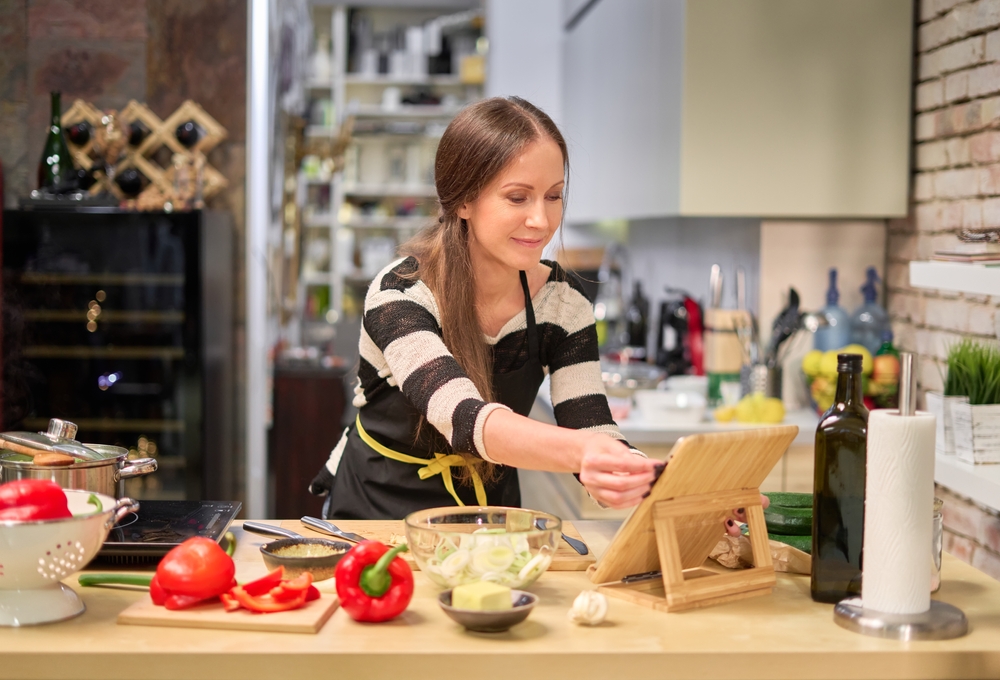
Failing to read the recipe from start to finish before starting can lead to missed steps or incorrect ingredient measurements. Understanding the full process helps in preparing ingredients, knowing the cooking time, and organizing the necessary tools. This ensures a smoother cooking experience and a better final dish.
Overcrowding the Pan
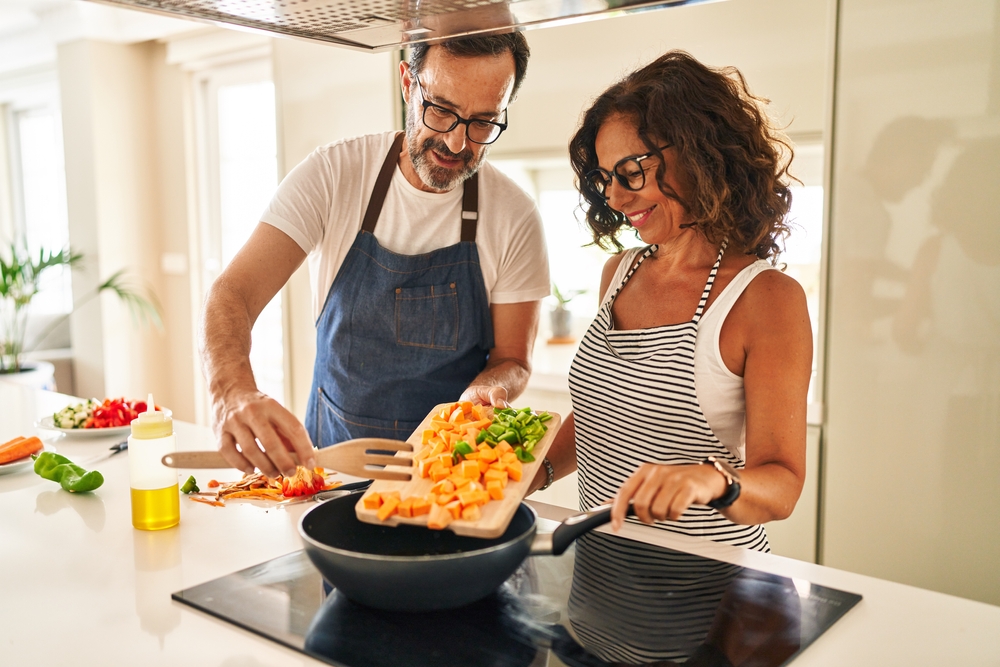
When you overcrowd a pan, the food steams rather than sears, leading to uneven cooking and a lack of the desired texture. Cooking in batches allows each piece to brown properly, enhancing flavor and texture. Ensure there’s enough space between items in the pan to allow for even heat distribution.
Not Preheating the Pan
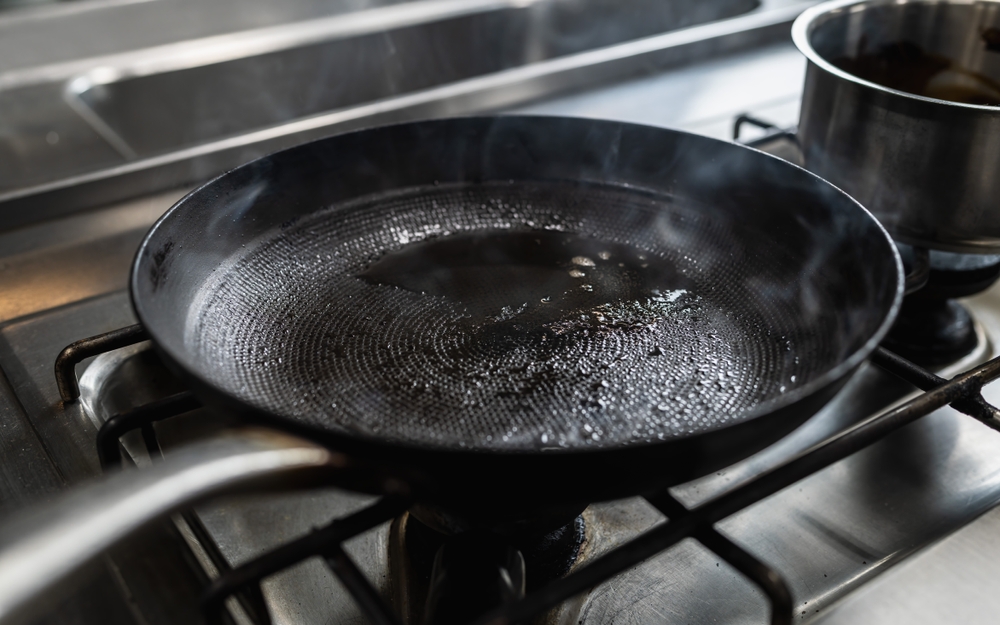
Putting food in a cold pan can result in sticking and uneven cooking. Preheating the pan allows it to reach the correct temperature, ensuring that food cooks evenly and develops a good sear. This is particularly important for proteins like meat and fish.
Using Dull Knives
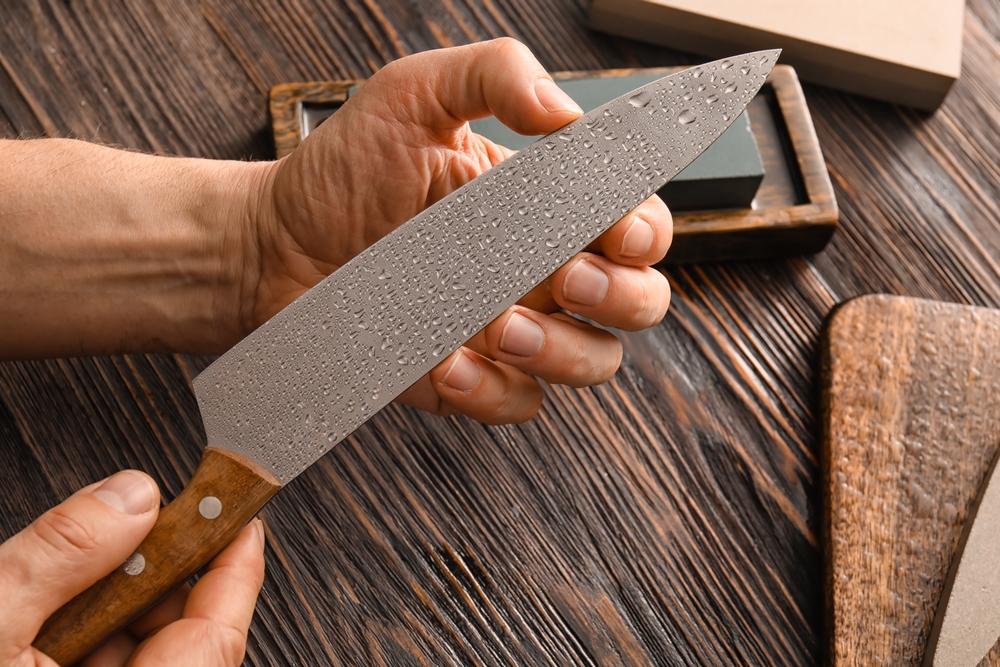
Dull knives are not only inefficient but also dangerous. They require more force to cut, increasing the risk of slipping and injury. Sharp knives make precise cuts, improving the texture and presentation of your food, and they make prep work faster and safer.
Not Seasoning Properly
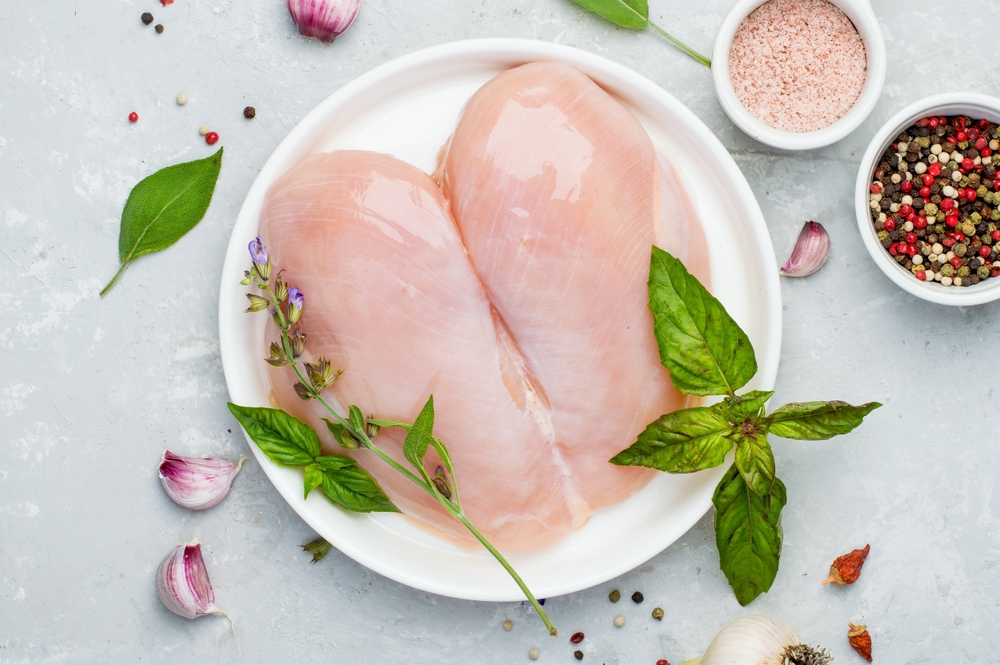
Under-seasoning or over-seasoning can ruin a dish. Salt enhances flavors, but too much can overpower them. Season gradually, tasting as you go, to find the right balance. Also, consider using other spices and herbs to add depth and complexity to your dishes.
Not Letting Meat Rest
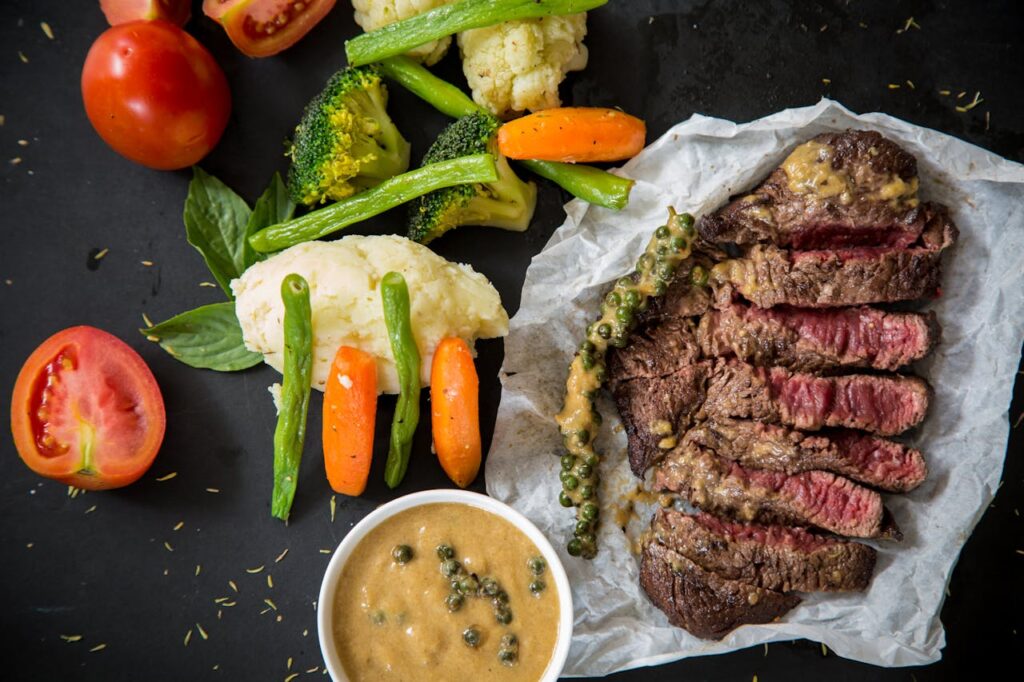
Cutting into meat immediately after cooking causes juices to run out, resulting in dry meat. Allowing meat to rest for a few minutes lets the juices redistribute throughout, making it more flavorful and tender. Resting times vary, but a general rule is to let it rest for half the cooking time.
Using Too Much or Too Little Oil
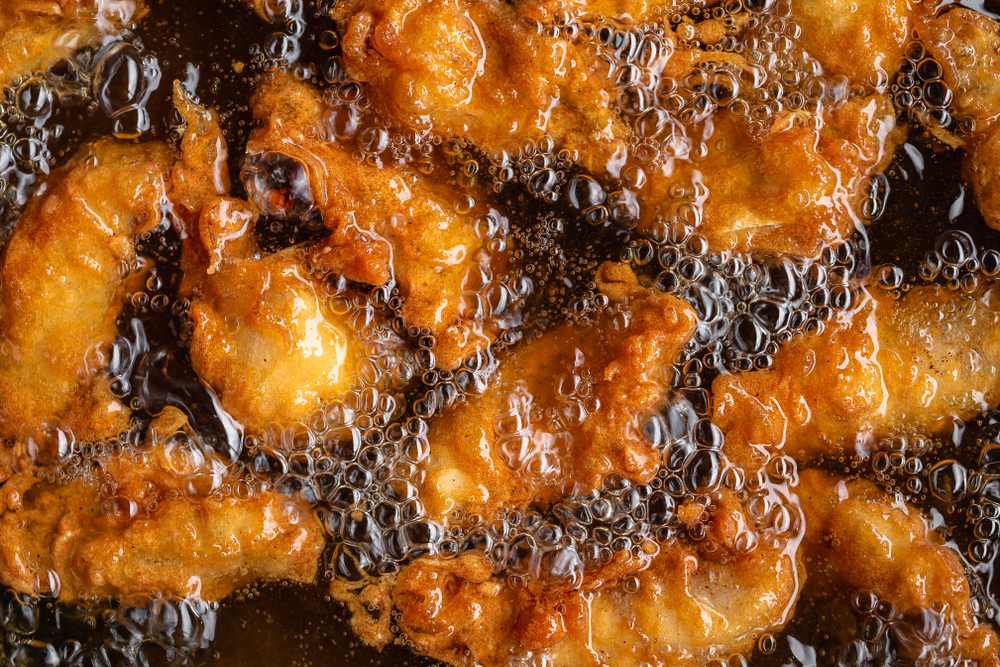
Using the right amount of oil is crucial. Too much can make food greasy, while too little can cause sticking and uneven cooking. A light coat is often sufficient for sautéing or roasting, while frying requires enough oil to submerge the food halfway.
Overcooking Vegetables
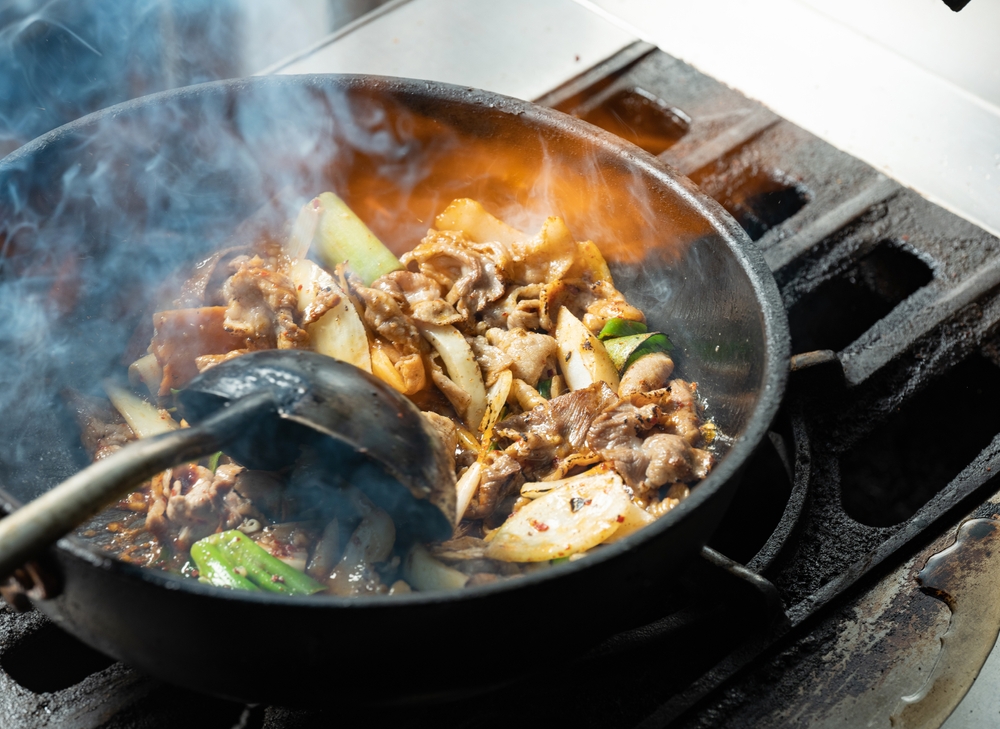
Overcooking vegetables destroys their texture, flavor, and nutrients. Aim to cook vegetables until they are tender-crisp, retaining their vibrant color and crunch. Techniques like steaming, blanching, and sautéing are effective for preserving their quality.
Ignoring Carryover Cooking
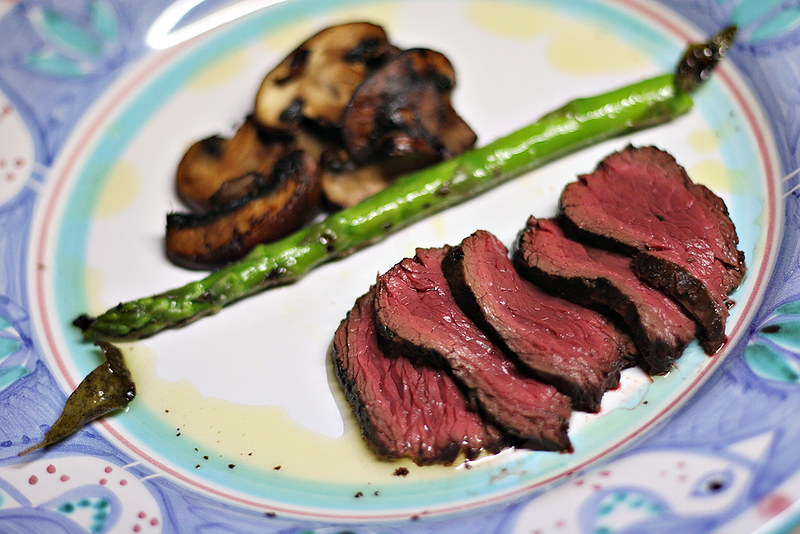
Food continues to cook after being removed from heat due to residual heat. Ignoring this can lead to overcooked food. Remove food from heat slightly before it reaches the desired doneness, allowing carryover cooking to finish the job.
Cooking with the Wrong Temperature
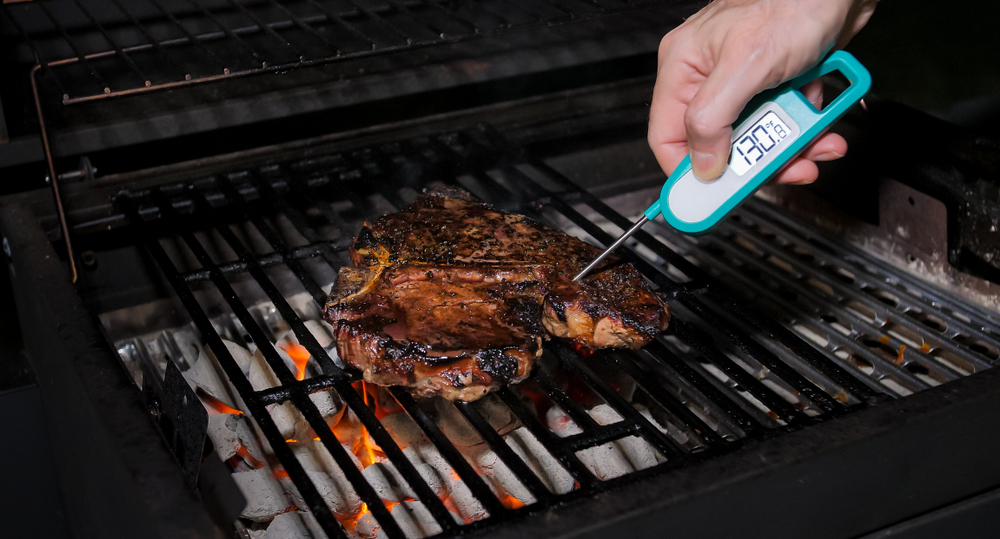
Using the wrong temperature can lead to undercooked or burnt food. Follow recipe guidelines for temperatures, and use a thermometer to ensure accuracy. For example, baking at too high a temperature can cause cakes to rise too quickly and then collapse.
Not Tasting as You Cook
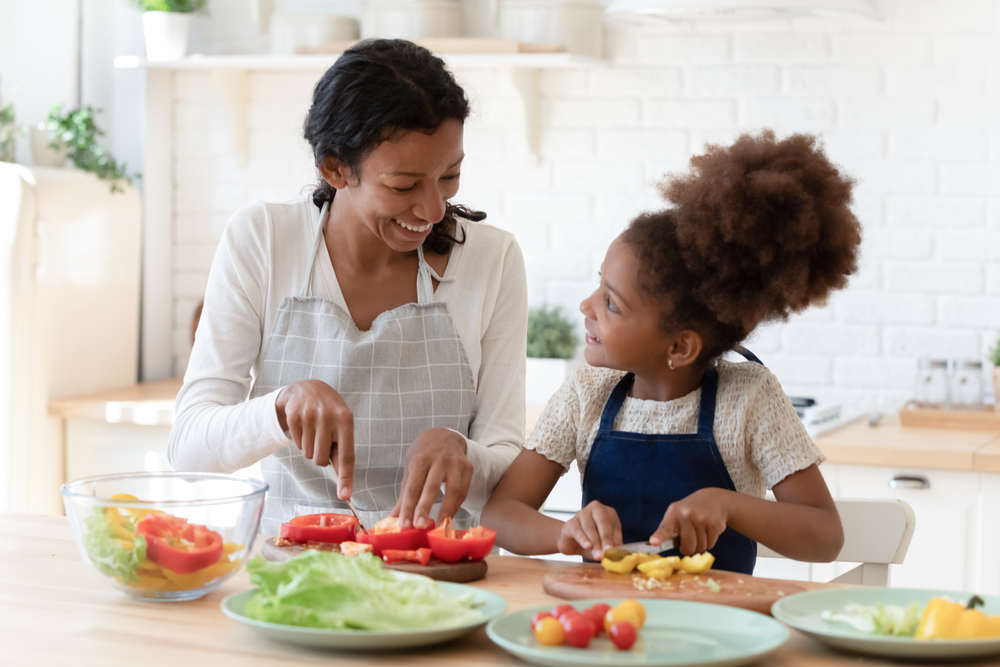
Tasting your food as you cook allows you to adjust seasoning and flavors. This helps in identifying if the dish needs more salt, spices, or other adjustments. It ensures the final dish is well-balanced and meets your desired taste.
Boiling Instead of Simmering
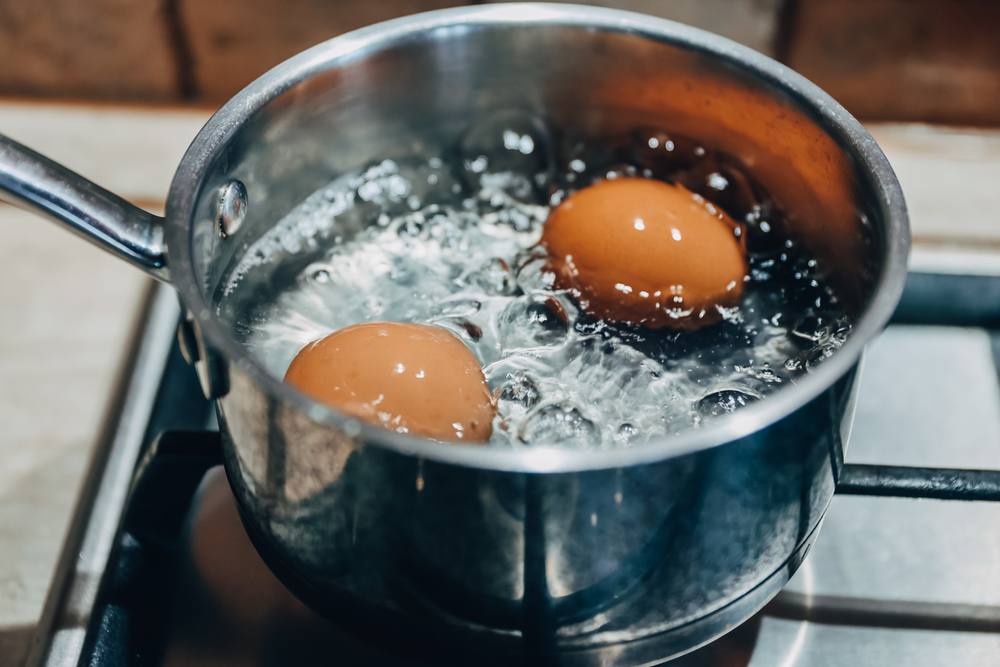
Boiling food instead of simmering can result in overcooked and mushy textures. Simmering, which is cooking just below the boiling point, allows flavors to meld and ingredients to cook gently. It’s ideal for soups, stews, and sauces.
Using the Wrong Size Pan
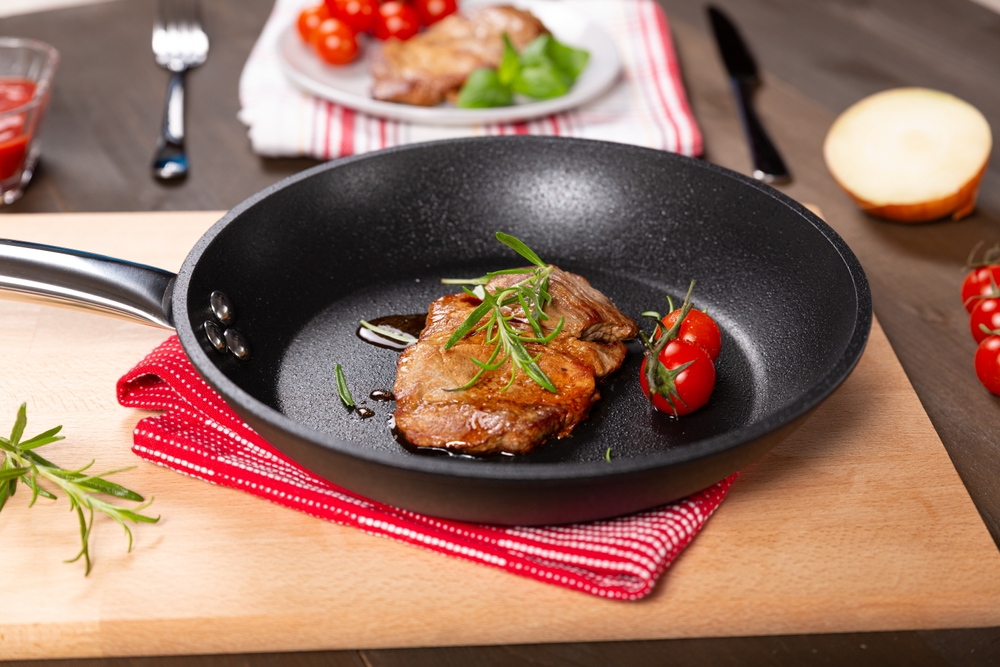
Using a pan that’s too small can cause overcrowding, while a pan that’s too large can lead to burning. Choose a pan size that matches the amount of food you’re cooking to ensure even heat distribution and proper cooking.
Forgetting to Preheat the Oven
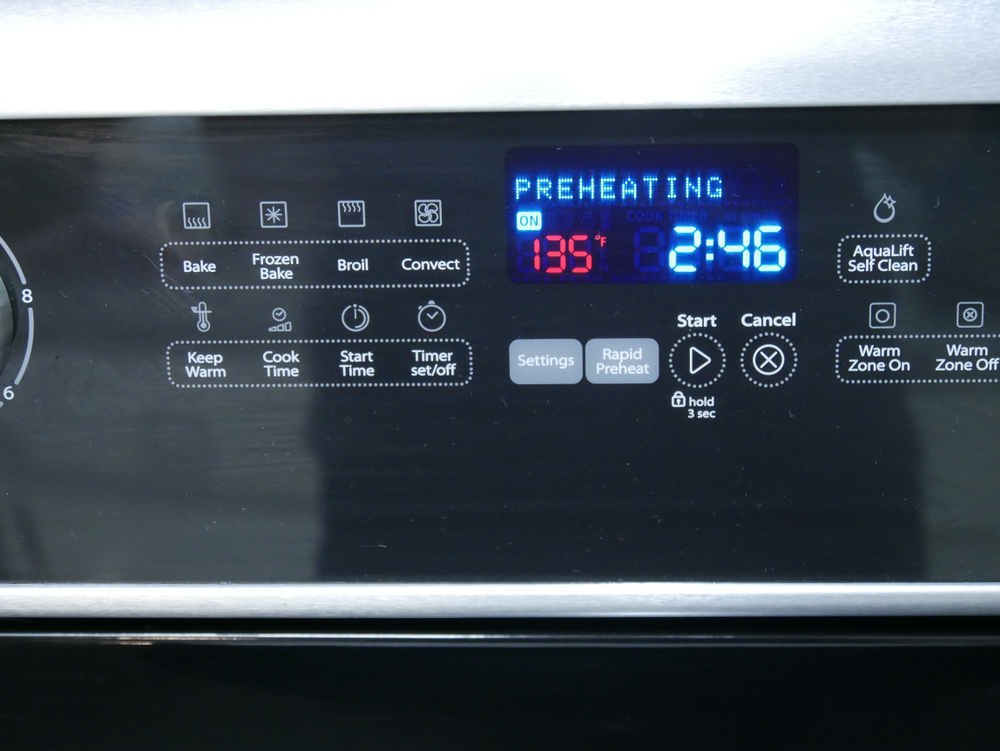
Not preheating the oven can lead to unevenly cooked food, as it takes time for the oven to reach the desired temperature. Always preheat the oven for at least 10-15 minutes before baking to ensure consistent results.
Not Using a Meat Thermometer
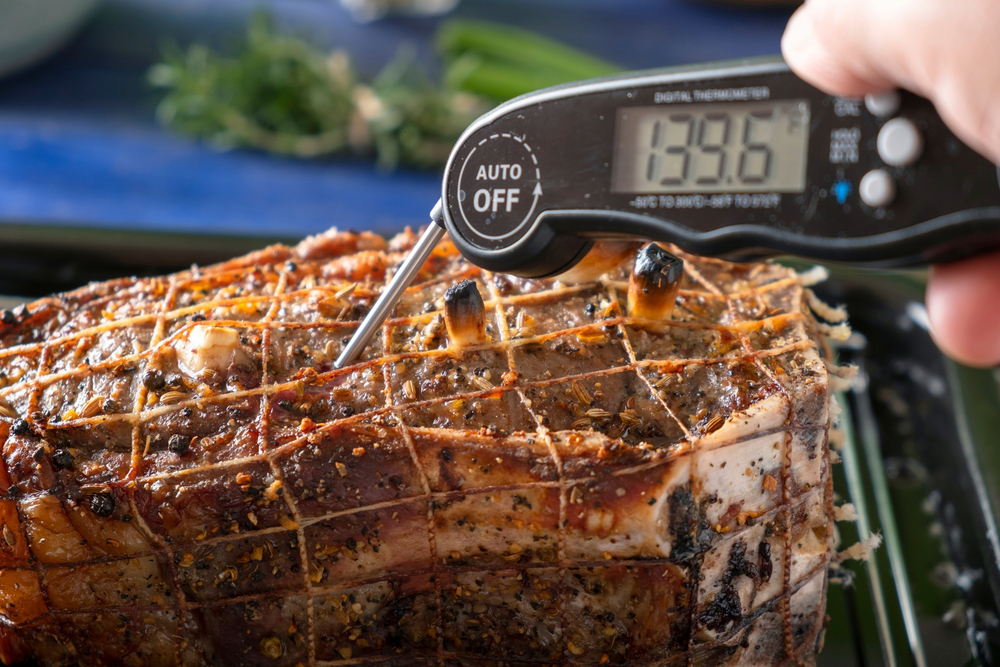
Guessing the doneness of meat can lead to undercooked or overcooked results. A meat thermometer ensures that meat is cooked to the safe and desired internal temperature, providing perfectly cooked, juicy results every time.
Not Letting Dough Rest
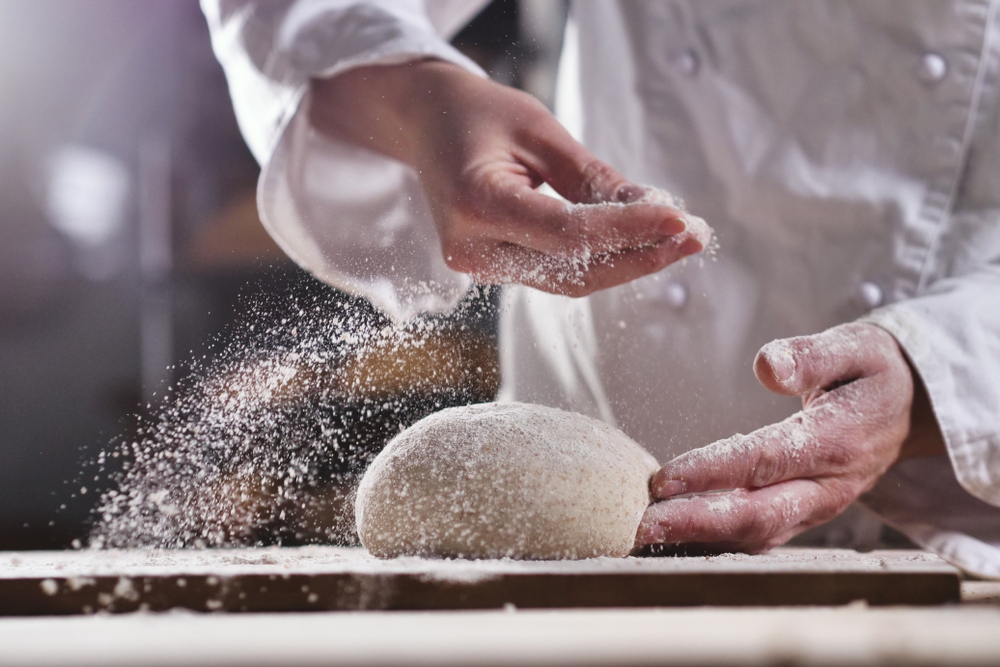
Forgetting to let dough rest can result in tough baked goods. Resting dough allows gluten to relax, making it easier to roll out and ensuring a better texture in the final product. Follow recipe recommendations for resting times, especially for bread and pastry doughs.
Using Cold Ingredients
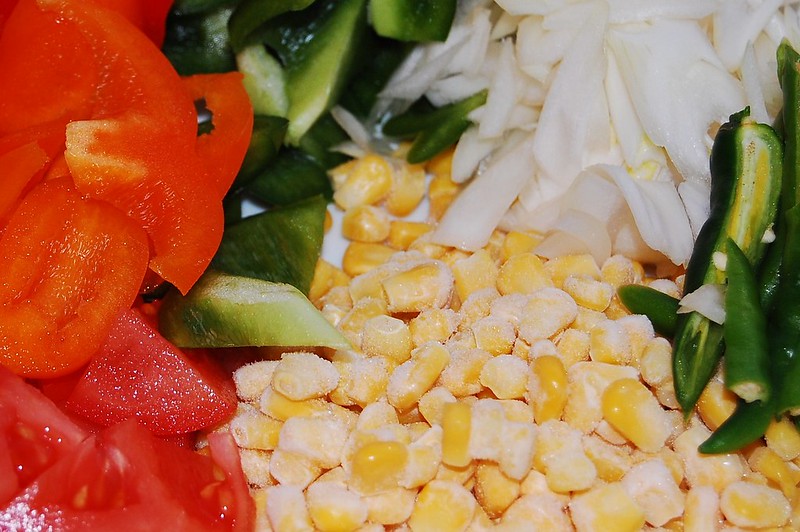
Using cold ingredients, especially in baking, can affect the texture and rise of your baked goods. Allow ingredients like butter, eggs, and milk to come to room temperature before using them. This helps in creating a smooth, even batter or dough.
Not Properly Measuring Ingredients
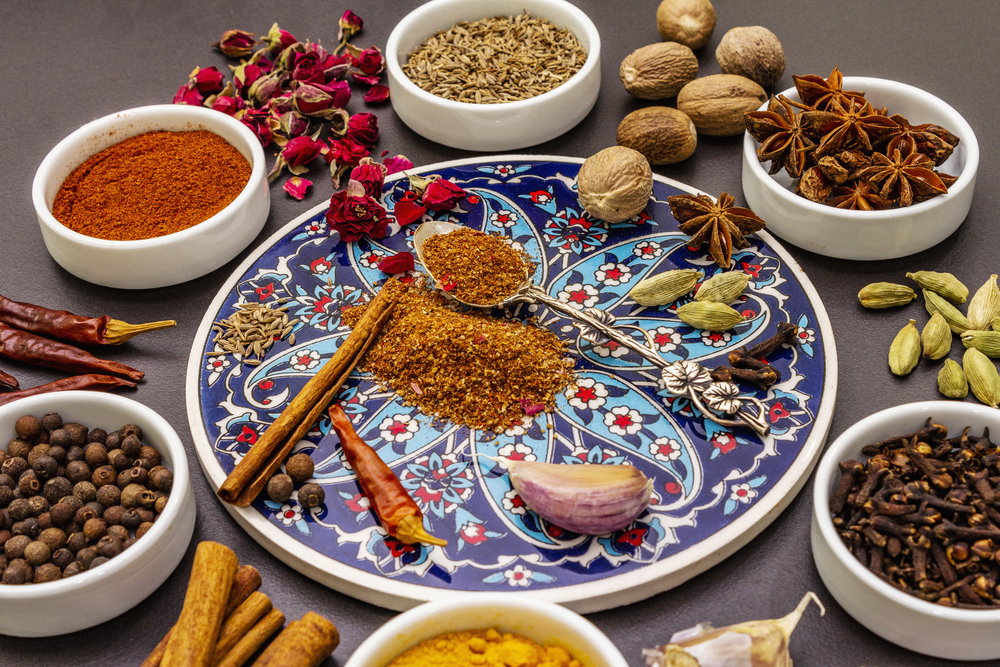
Improper measuring can throw off the balance of a recipe. Use the correct tools for dry and liquid ingredients, and level off dry ingredients for accuracy. Precision in measuring ensures consistent results, especially in baking.
Rushing the Cooking Process
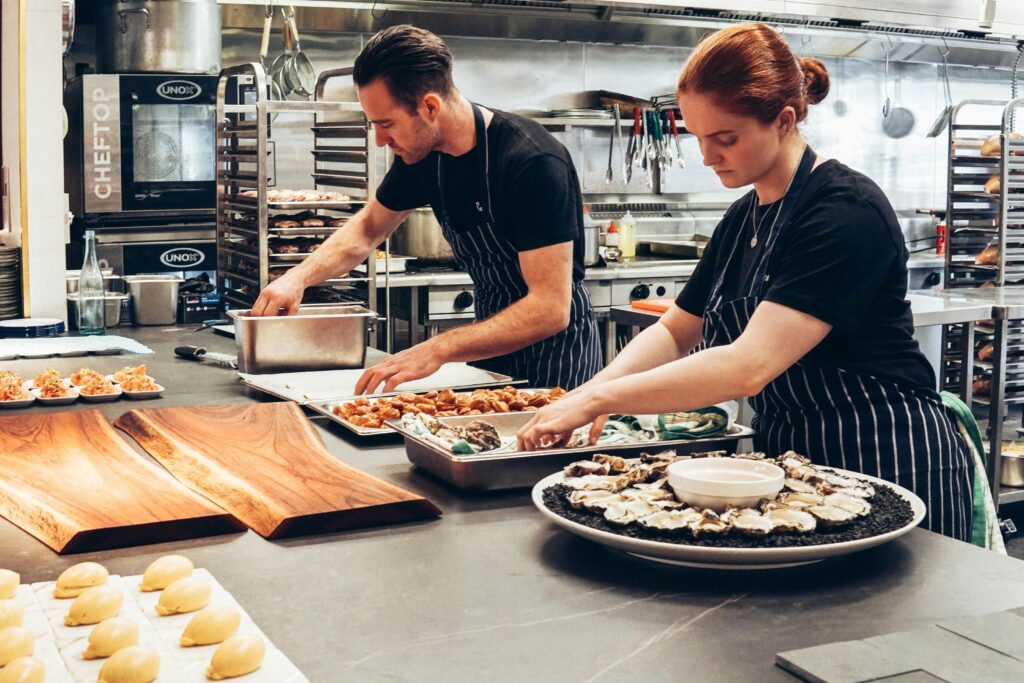
Cooking requires patience. Rushing can lead to mistakes like undercooking or over-seasoning. Take your time to follow each step carefully, allowing ingredients to develop their flavors and textures properly. This mindfulness can significantly improve the quality of your dishes.
Not Cleaning as You Go
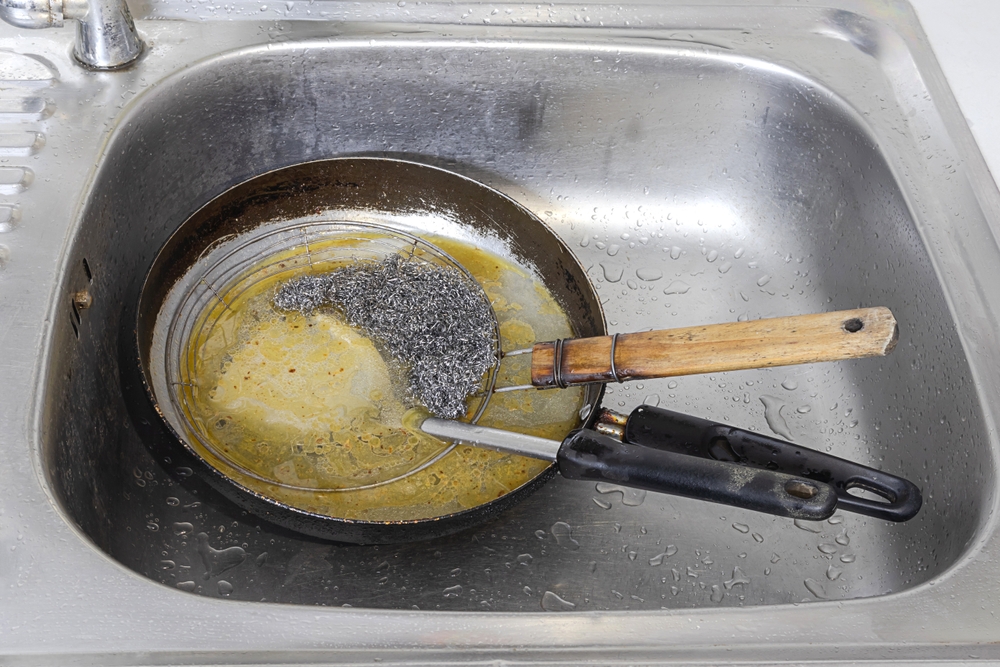
A cluttered kitchen can lead to mistakes and inefficiency. Cleaning as you go keeps your workspace organized, reduces stress, and makes the cooking process more enjoyable. It also helps in maintaining hygiene and preventing cross-contamination.
This article originally appeared on UnifyCosmos.
More from UnifyCosmos
20 Things from the Past That Seniors Miss the Most

Many of these things have faded away with time. They hold a special place in the hearts of the older generation. Let’s explore some rare treasures they wish were still around. Read more!
18 Creative Ways to Incorporate Exercise into a Busy Schedule

Incorporating small bursts of activity throughout the day can add up to a full workout. With a little creativity, staying active becomes much more manageable. Read more!
20 Daily Rituals for Enhancing Your Mental Well-Being

These practices don’t take much time but offer powerful benefits. Incorporating them into your routine can set a positive tone for the entire day. Read more!
Leave a Reply